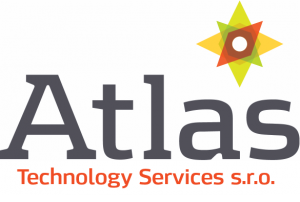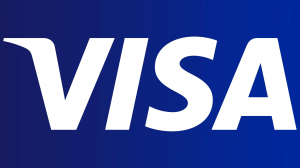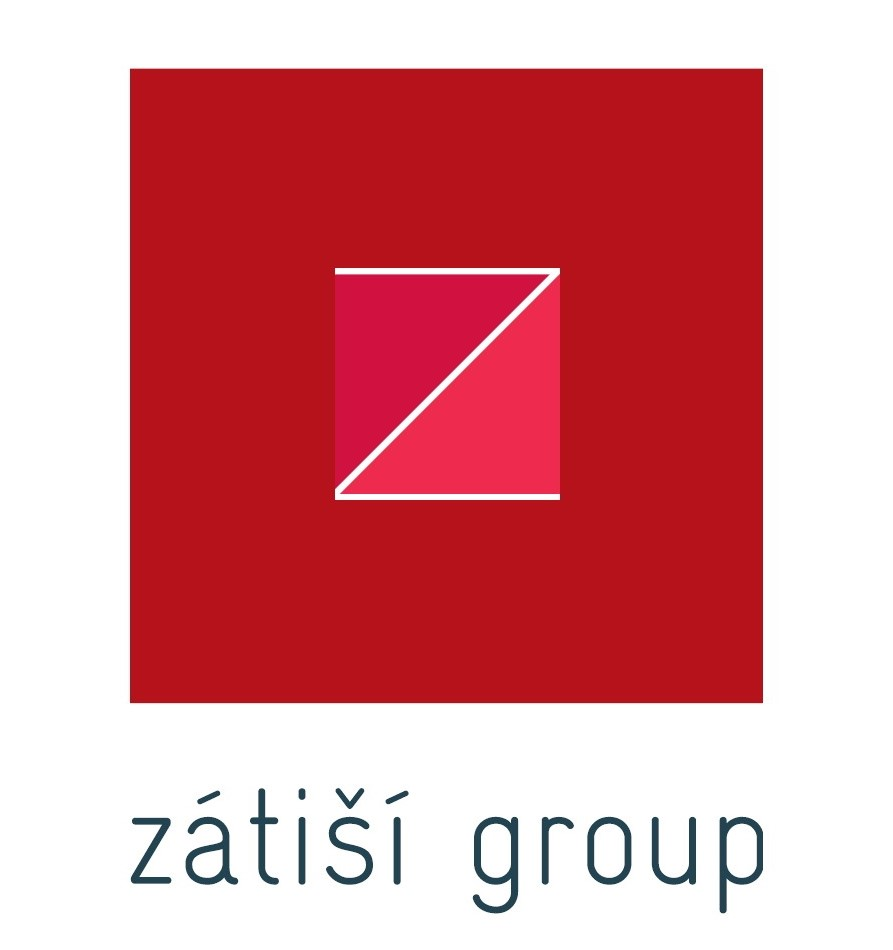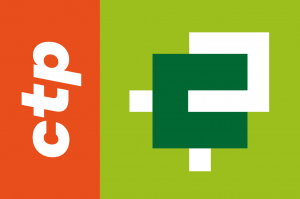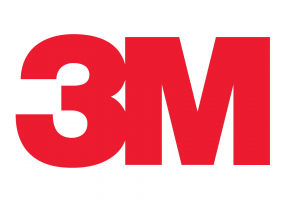HR Software Today: Beyond a Database
15.09.2017Company: Amcham
For most of HR software history, the software only played the role of a data repository. When information was input into the database, it was used by the HR department, primarily for preparing executive-level documents. The new generation of HR software leverages the power of “cloud computing” to support the key aspects of human resource management. This shift has a huge impact on the role of HR within organisations today.
Supporting a multifaceted HR Policy.
Traditionally, software allowed companies to collect and process personal data and other statistics. This required a large commitment from HR professionals to complete these administrative activities. Now that innovation has changed the structure of organisations, the development of new technologies is changing models of the organization, the role of information systems in the field of HR ceased to be sufficient.
Innovative solutions empower companies by enhancing and automating processes, whilst having holistic visibility into how talent management and human resources aligns with the strategic objectives and overall culture of the organisation.
Benefits for the Board, Managers and HR Professionals
Innovative HR software aids the process of acquiring, developing and engaging employees. Managers have continuous insight into the team’s competencies, the ability to monitor progress against goals and ensuring their people develop. It can also facilitates recruitment reporting, training online, and sharing feedback from employee reviews. Complete and up-to-date information about performance metrics can be accessed in real-time – from seeing the whole organisation picture, right down to a granular level of each individual. This adaptive view is required to dynamically manage the acquisition and development of an organisation’s most vital resource – people.
Software should also serve Employees
New solutions allow employees to get actively involved in shaping their career path. Each employee should be able to update their profile and track skill development goals and progress on action plans. Using the system, employees should also be able to register for training, view internal promotion opportunities and share open positions via social networks. Most importantly, employees have the ability to carry out self-assessments, meaning that they can comment on their progress in achieving the objectives, thereby giving prompt feedback to their managers.
One System for all HR Processes
The market currently offers a range of solutions that support a specific part of the HR process, eg. recruitment. However, this would involve a number of siloed systems, requiring long and potentially complex integrations, or extra administrative work, duplicating effort for tasks such as reporting. Vitally, it doesn’t ensure process continuity, or alignment with company strategy. Therefore, it’s worth investíng in a comprehensive HR software that will be utilised by all employees, from top to bottom, whilst facilitating all key HR processes: recruitment, development, training, review and feedback..
HR won’t avoid Automation
Life is becoming ever more digitalised. Heightened competition is forcing organizations to continuously innovate, not just in sales or customer service, but also in personnel. This shift is inextricably linked with the need to invest in new, integrated and automated systems – and this also applies to HR. So, visualise how implementing a system with these characteristics will bring about a positive change. Now you know about how crucial talent management is to an organisations, making the right choices about HR will positively impact your company, and ultimately will determine its survival in the market.
Start creating a personal development friendly organisation: Find out more here
Tags: Business Development | Human Resources | IT |


